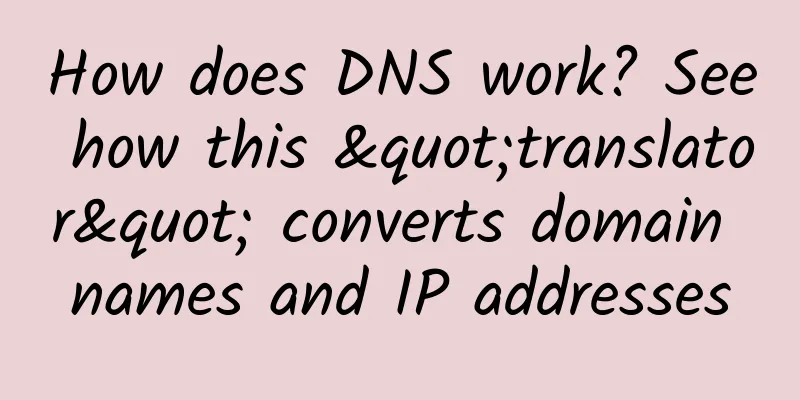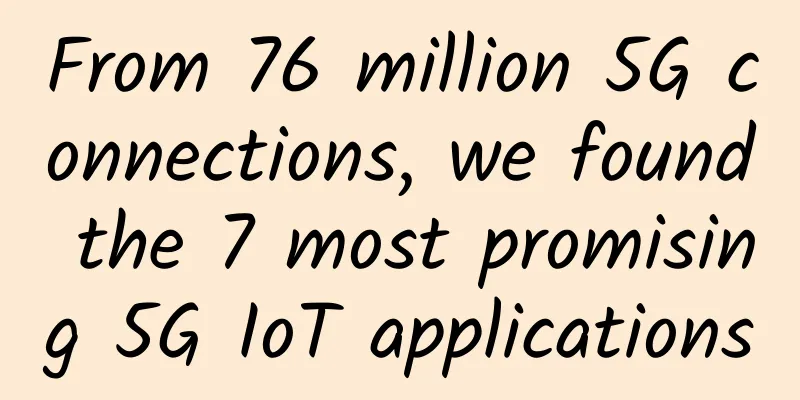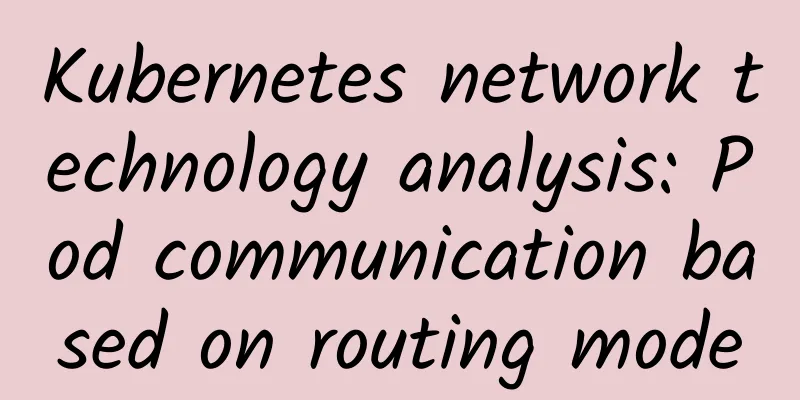Benefits of 5G for IoT

|
While IoT devices aren’t the ones that will benefit the most from the ultra-high data rates promised by 5G, they will benefit from the technology in other ways. ''Ultra-reliability'' is one of the buzzwords often associated with 5G. The plethora of available wireless technologies has led to congestion in cellular frequency bands, especially those below 6 GHz. To address this problem, 5G is using unused millimeter wave (mmWave) spectrum. The mmWave spectrum ranges from 6 to 300 GHz and can meet the large data requirements of some new 5G applications, such as virtual reality and 4K video streaming. For the Internet of Things, 5G's new propagation standard has another benefit.
Beamforming is another technique used in 5G networks to improve propagation depth and distance. 5G base stations have hundreds of antennas (Massive MIMO) that can be directionally controlled to improve performance in specific locations. This is a huge boost for devices in crowded environments with a large number of connected devices. For IoT devices, which are often located in environments containing other connected devices, this is expected to improve received signal strength. Narrowband Narrowband IoT is an important component of the 5G wireless standard. Devices that require multi-year battery life can be well served by Narrowband IoT. The technology uses existing LTE technology to provide efficient data transmission with deep coverage and high security. In some cases, it can only operate on a bandwidth of 200 kHz, which helps its ability to serve a large number of connected devices. Useful for trackers, water monitors, and other smart city applications. LTE-M, on the other hand, uses more bandwidth than NB-IoT. It is not as efficient and can cause devices to drain their batteries faster. However, it does offer more bandwidth, which is useful in more talkative applications or where more data can be transmitted. Devices with control functions or complex sensors may be better suited for LTE-M. Enhanced range Expanding the coverage of cellular networks has huge benefits. It means remote monitoring can start to help clean up the environment, use energy more efficiently and bring the value of data to entire industries. mmWave 5G signals are more susceptible to interference than 4G signals because they propagate more weakly. To address this, the infrastructure and location of base stations will have to change. Cities will need more sites to provide mmWave 5G coverage. Without more sites, signal penetration could be compromised, requiring line of sight to provide coverage to devices. This new infrastructure does bring new benefits to IoT - supporting a "huge number" of devices, all with unique connectivity requirements. Narrowband IoT is said to be able to reach up to 10 kilometers in rural areas. The right technology? Between 5G, LTE-M, and NB-IoT, IoT designers and engineers now have more choices. Selecting the right technology for the application at hand is critical to maximizing the wireless performance of the device. mmWave 5G will benefit the most data-demanding devices, while NB-IoT may better meet the needs of low-volume communicators. From a design perspective, each technology presents a unique set of challenges. As cellular technologies, they all require devices to be approved by the network before they can be released to the market. This means that efficient, high-performance wireless design is critical to launch. |
<<: Twelve questions about Internet knowledge, do you know?
>>: How can operators gain a foothold in the 5G terminal market?
Recommend
What kind of report card have we submitted one year after 5G licensing?
Time flies, and in the blink of an eye, it has be...
A brief introduction to intent-based networking (IBN)
In campus networks, there are many emerging trend...
Computer software: Recommend 10 practical office efficiency tools
[[395494]] 1. Everything search tool Everything i...
The 5G commercial license has just been officially issued! Here are ten issues that you should pay attention to
On the morning of June 6, the Ministry of Industr...
HostXen: US/Japan/Hong Kong VPS 6GB memory from 70 yuan/month, new users register to get 20 yuan
HostXen is a domestic hosting company founded in ...
SpaceX executive says Starlink can expand service to 30 million Americans
SpaceX's satellite internet service, Starlink...
Yecao Cloud: Hong Kong VPS annual payment starts from 139 yuan, Hong Kong dedicated server starts from 199 yuan/month
Yecaoyun is a Chinese hosting company founded in ...
ONE VPS 50% off for the first month, 1G unlimited traffic 9 data center VPS starting from $2 for the first month
The last time I shared information about ONEVPS w...
How to design a distributed ID generator?
Hello everyone, I am Brother Shu. In complex dist...
There is a new way to attack wireless routers, and the password is dangerous
A new way to attack wireless routers has been dis...
Aruba Helps Home Depot Reinvigorate Its Network to Improve Customer and Employee Experience
Aruba, a subsidiary of Hewlett Packard Enterprise...
EtherNetservers: Los Angeles VPS starts at $12 per year, 1GB/30GB/2TB/2IP, supports Alipay/PayPal
EtherNetservers' cheap annual VPS is currentl...
iPhone 12 is coming! What else is there to look forward to besides the new phone?
[[344926]] Apple said on Tuesday that it will hol...
Contact centers meet the needs of more connected customers
Call centers took center stage when the coronavir...
5G and Edge AI: Solving Traffic Management Problems
The way we commute may have changed over time, bu...









